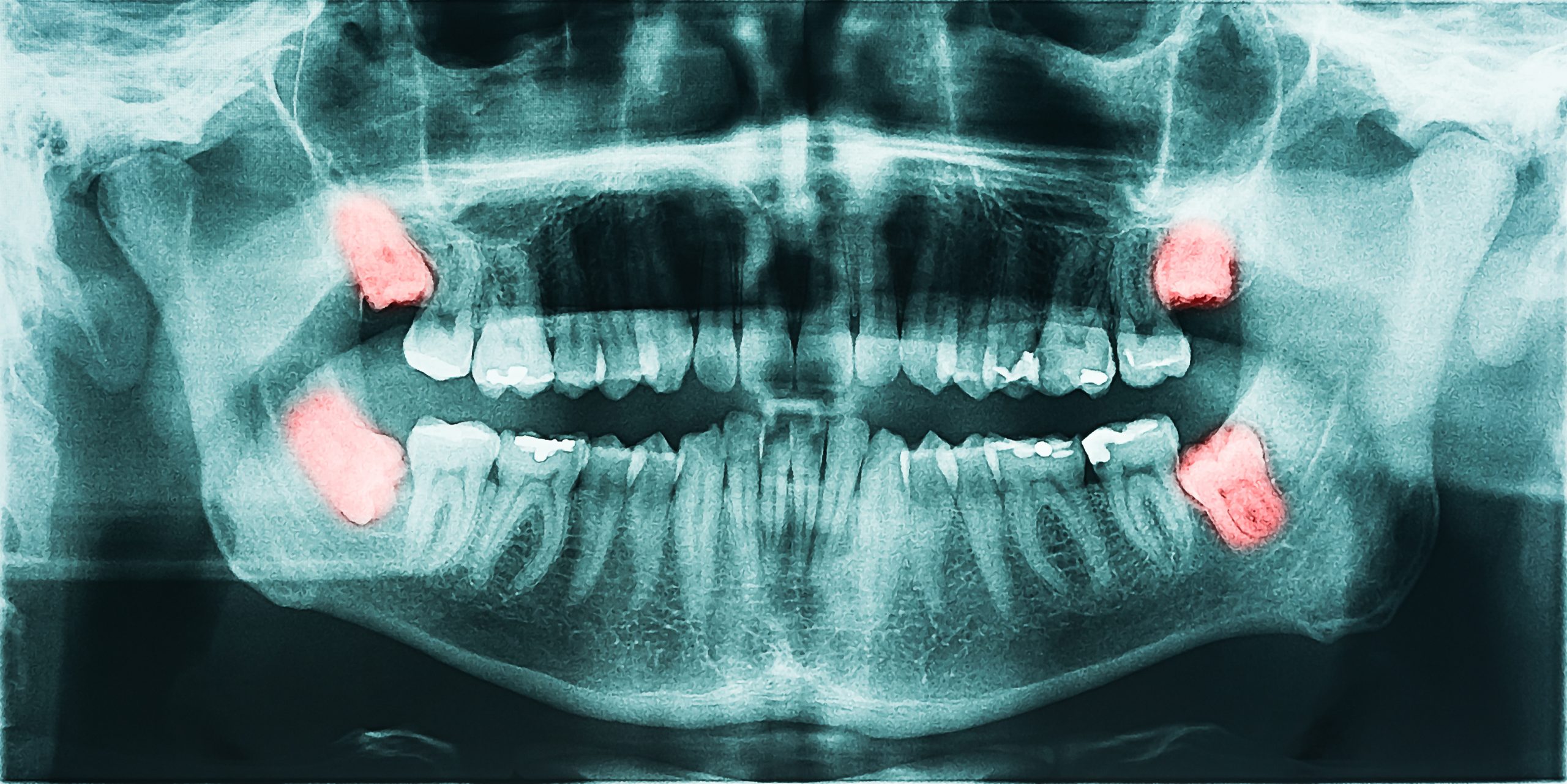The ultimate goal of any advertising campaign, including those for businesses like ours, is to have the phone ring.
When new patient calls, they expect to speak with a real person who can help them get set up with an appointment and answer any questions they may have. Many practices are failing to attract new patients simply because their phones aren’t being answered adequately. For the most part, it’s because of these things:
1. When the front desk is busy, callers are not being taken.
I understand that the person in front of you is currently the most pressing concern, and I certainly don’t want you to cause any unnecessary discomfort; nonetheless, new patient phone calls are far too valuable to be neglected. As a result, you’ll need to figure out how to answer calls while attending to a patient at the front desk. If the receptionist is busy, perhaps another team member can step in. Or if you don’t have any backup, you might have to quickly apologize to the patient in front of you, answer the phone, and ask the caller if they can be put on hold while you attend to the other person.
An appropriate response would be something other than “Hold please!” if you pick up the phone at this time. To avoid spending too much time on the phone, you can say something like, “Thank you for calling XXX Dental! Hold on a sec, if you please. As soon as the person in front of you is through, you can return to your call.
2. A phone may ring up to six times before being answered.
The standard recommended time to answer the phone is less than three rings. Callers may become frustrated and hang up if they have to wait too long, and it also looks bad on the company’s part to treat their call as unimportant.
3. The phone is never answered at lunch.
See, here’s the deal: every day at lunchtime, we want your office to be quiet and productive. In fact, we teach people how to get more done in less time, take a relaxing lunch break, and yet go home on time every day at our two-day program called The Art of Scheduling Productively.
BUT…
Telephone calls tend to flood in about lunchtime. During the workday lunch hour, workers frequently call in. The phone needs to be answered immediately, so please make sure someone is available. To ensure that someone is always available to take calls, you might have to switch the lunch schedules of two members of your staff.
4. Utilizing a voice-activated phone system.
You’re probably familiar with this kind of systems, which are used by businesses like banks and insurance providers when a customer calls in and a robotic voice says things like “Press 1 for ___. Press 2 for ___. Press 3 for ___…” etc. This may at first appear to be quite handy. It’s convenient since you can “answer” calls even if the receptionist isn’t there, categorize incoming calls, and forward them to the appropriate department.
On the other hand, it’s rather impersonal, and customers may hang up in frustration if they were hoping to ask a question in person. There’s no need for your workplace to look like a bank or a huge enterprise.
Having a new patient contact a dentist’s office and be greeted by an automated phone system sends the message that the business doesn’t value its customers’ time or cares about them, which may cause them to look elsewhere for dental care. You undoubtedly got an automatic answering system the last time you phoned a financial institution or an insurance provider and, after sifting through the many options, you exclaimed, “I simply want to talk to a real person!”
Let’s not add any unnecessary stress or uncertainty for new patients before they even enter the office. You need someone to answer the phone, greet the patient, and reassure them that they will be well taken care of because they may be experiencing a dental emergency or have a pressing question about their oral health.
A common feature of automated phone systems I’ve encountered is a sixth option that instructs callers to dial “if you’re a new patient, press six.” By the time they get to the second or third option, they’ve probably already hung up the phone and won’t be calling back, meaning you’ve just lost a potential new patient. Because callers are being routed to voicemail or getting stuck in an unintuitive menu system, it may appear as though your marketing efforts are not paying off.
5. Being unreasonably slow to respond to voicemails.
You can’t possibly be available to take calls at all hours. However, if you anticipate a high volume of calls after business hours, it is possible to have them routed to an answering service. In fact, we have a client whose new patient intake regularly exceeds 200, and they found that having someone available to answer phones from the time the office closed until 9 o’clock at night significantly increased their monthly tally. In this case, the client gained new customers because theirs was the only business that answered the phone late at night. Though, at a smaller business with a lower number of calls coming in, this may not be worthwhile.
At any rate, calls can come in after hours, and these should all be returned promptly. This may seem like common sense, but you would be astonished at how often it is ignored.
So, make sure your front desk is checking the voicemail first thing in the morning, and returning calls swiftly. And then the voicemail should be monitored throughout the day — not just in the morning. If you’re answering the phone throughout the day, you shouldn’t have any voicemails, but it’s still a good idea to check, nonetheless.
6. Not teaching the front desk staff how to properly handle phone calls.
If the front desk is not properly managing questions such, “How much do you charge for a crown?,” then you are probably missing out on prospective patients even if you are answering the phones. Whether or not “my insurance” is accepted. “Are you free at two o’clock?”
It takes practice and training to become adept at answering these inquiries and scheduling patients over the phone. There’s going to be a learning curve.








